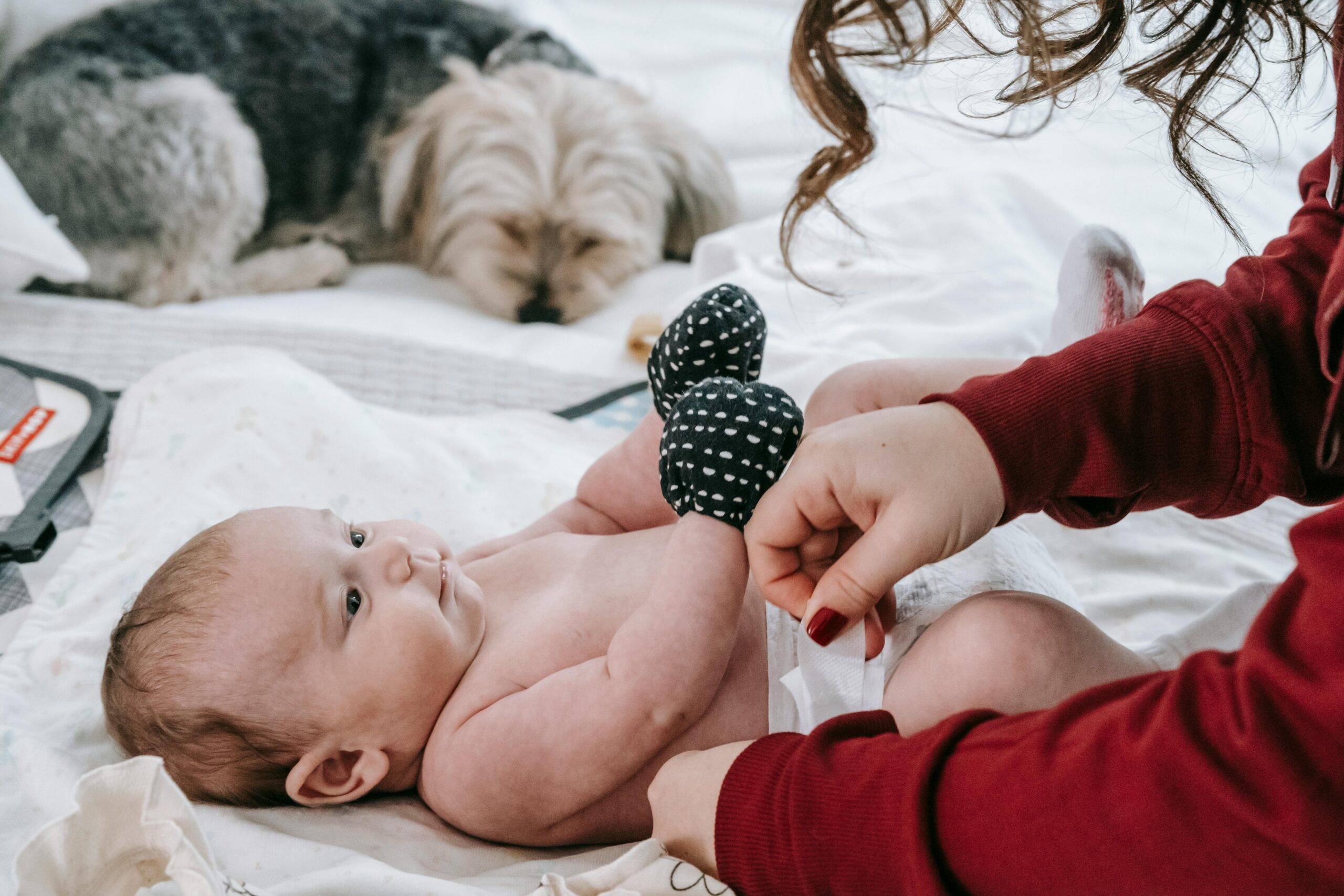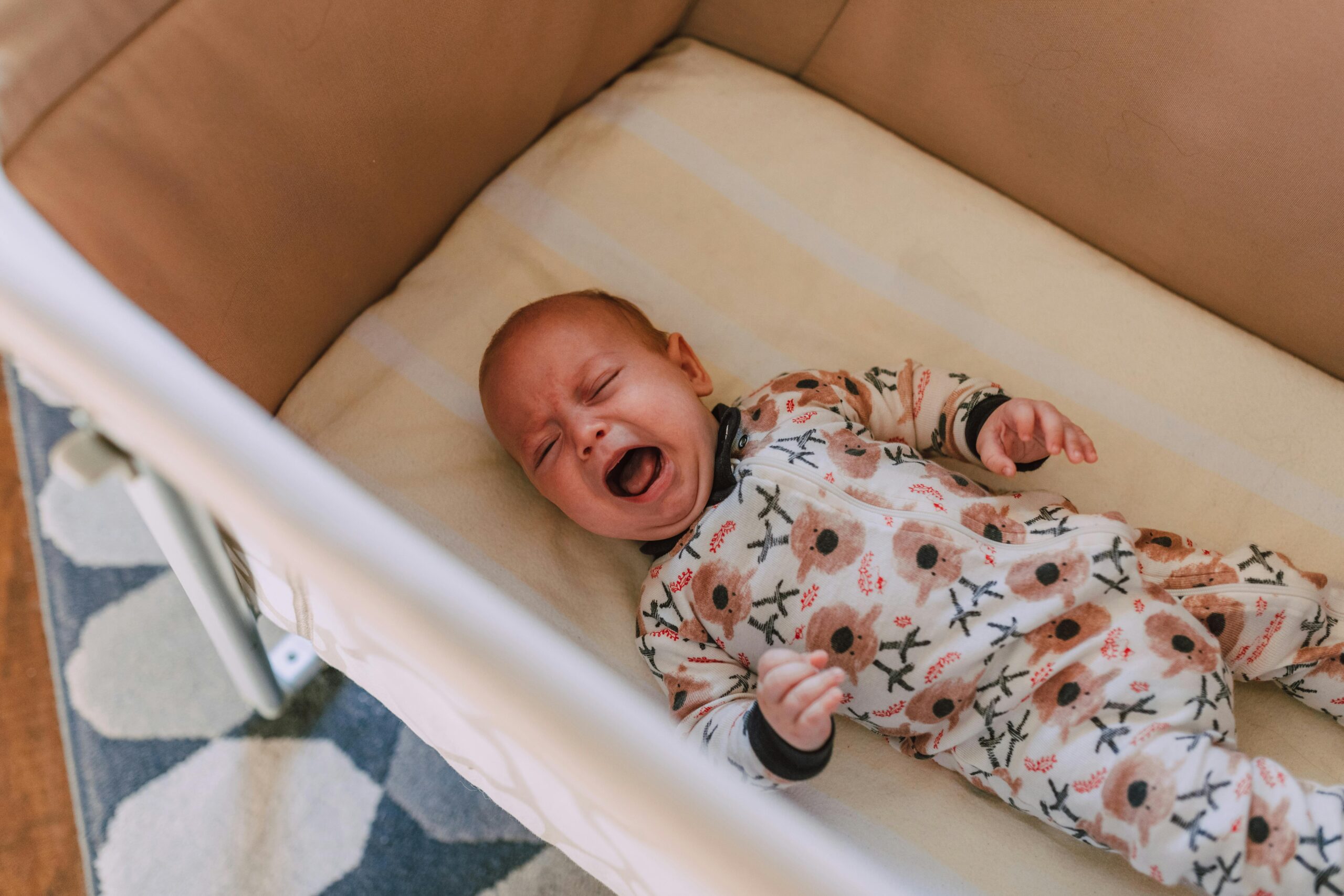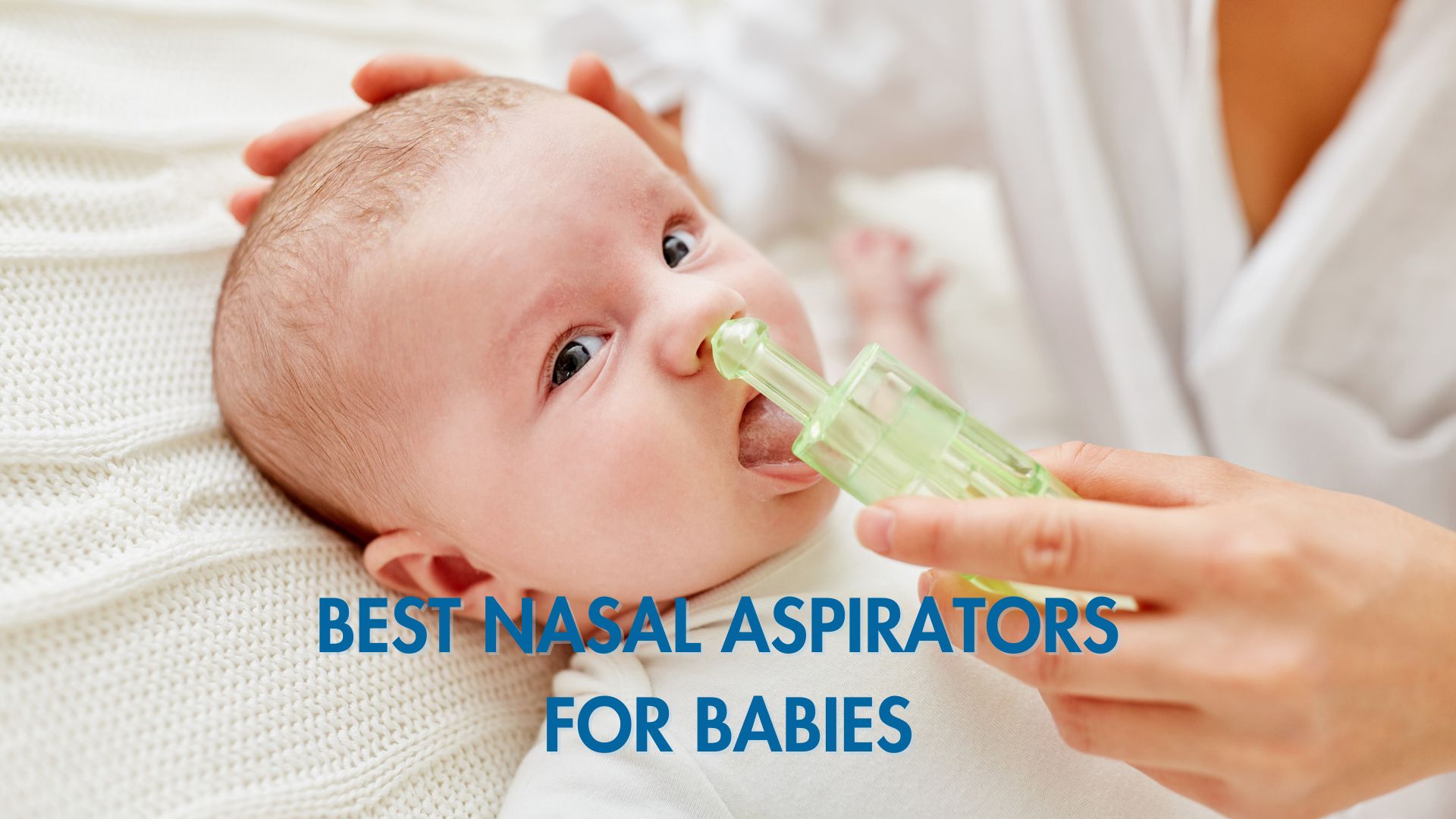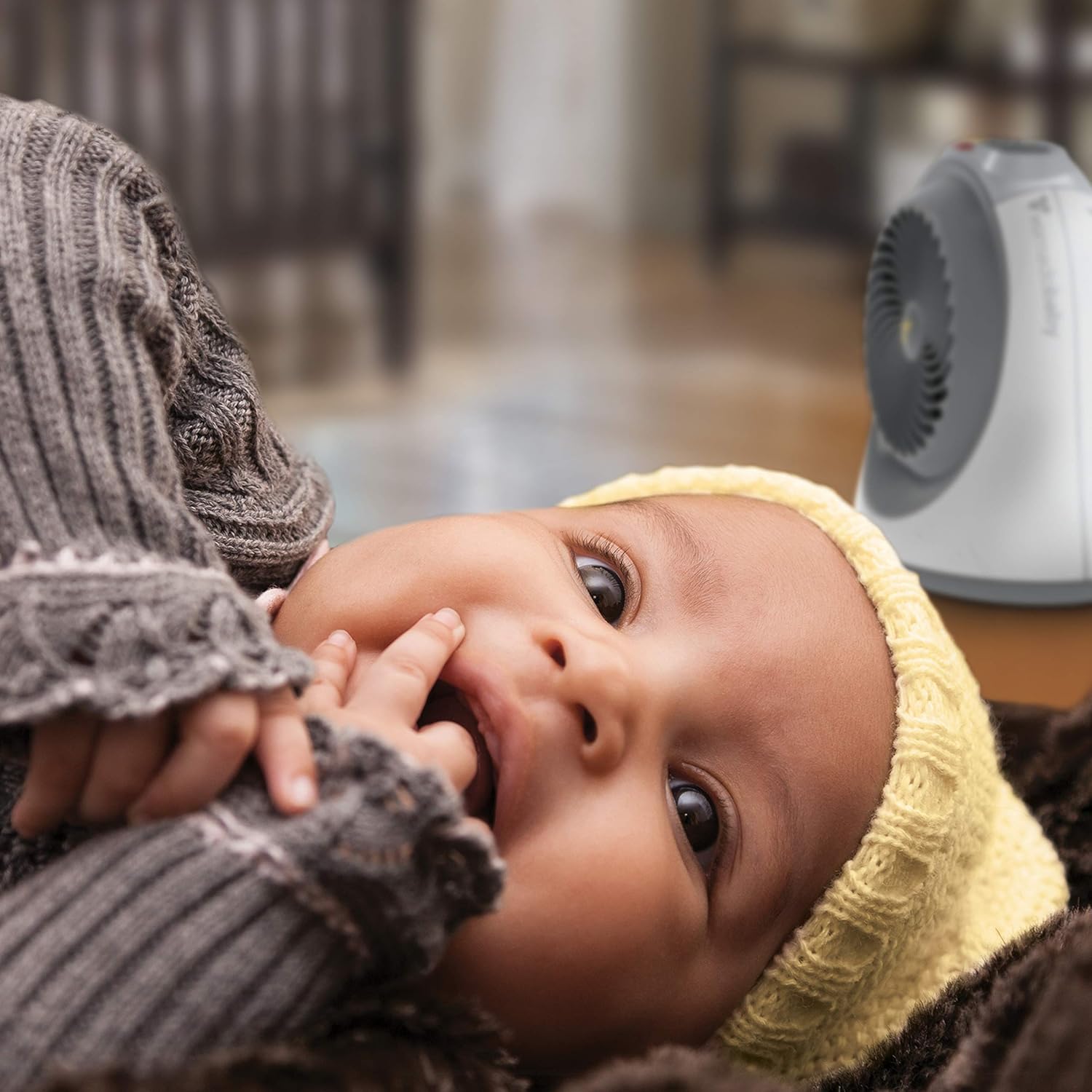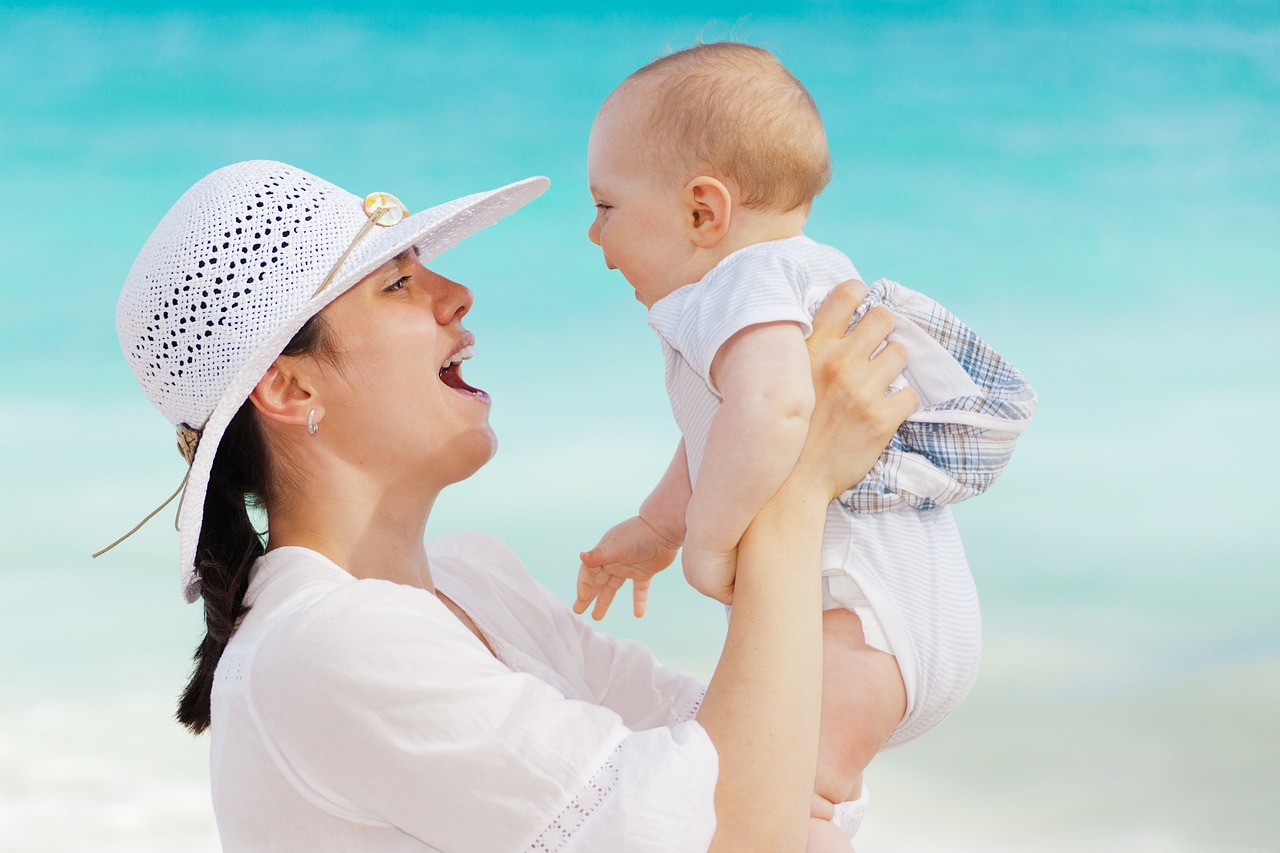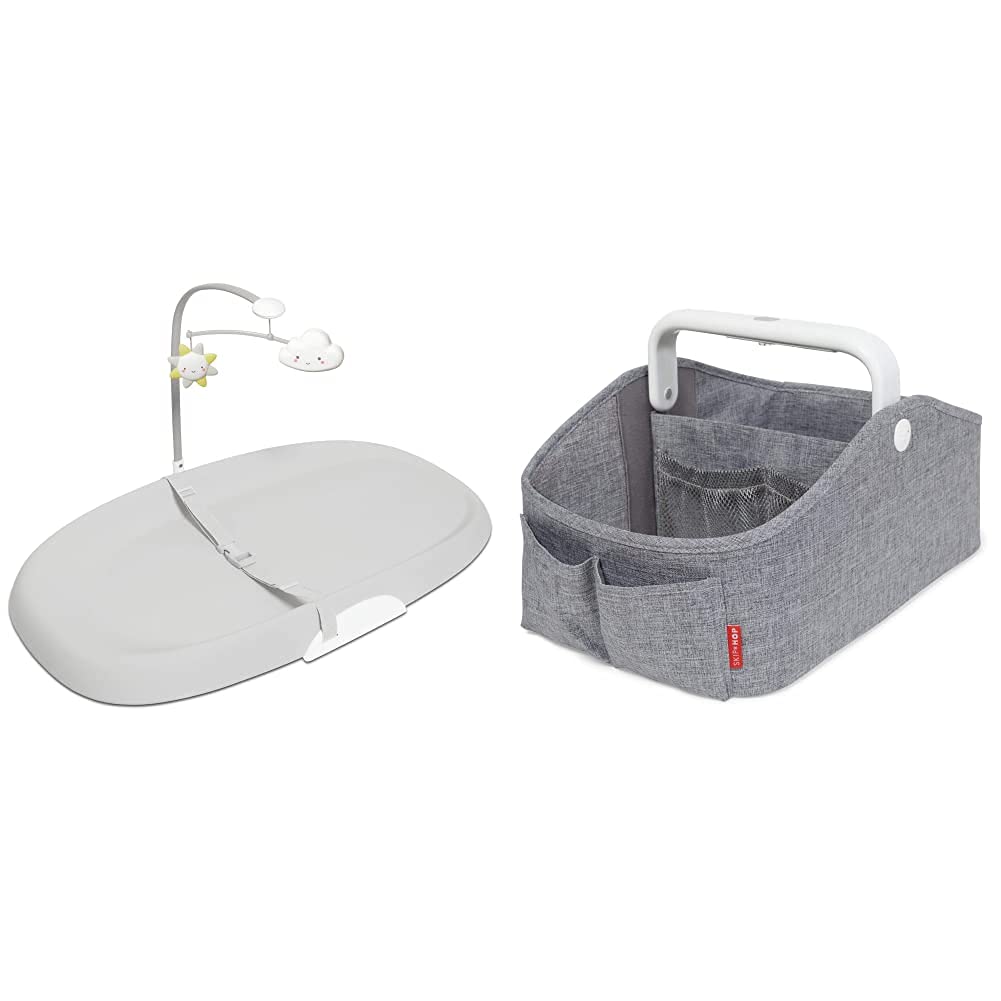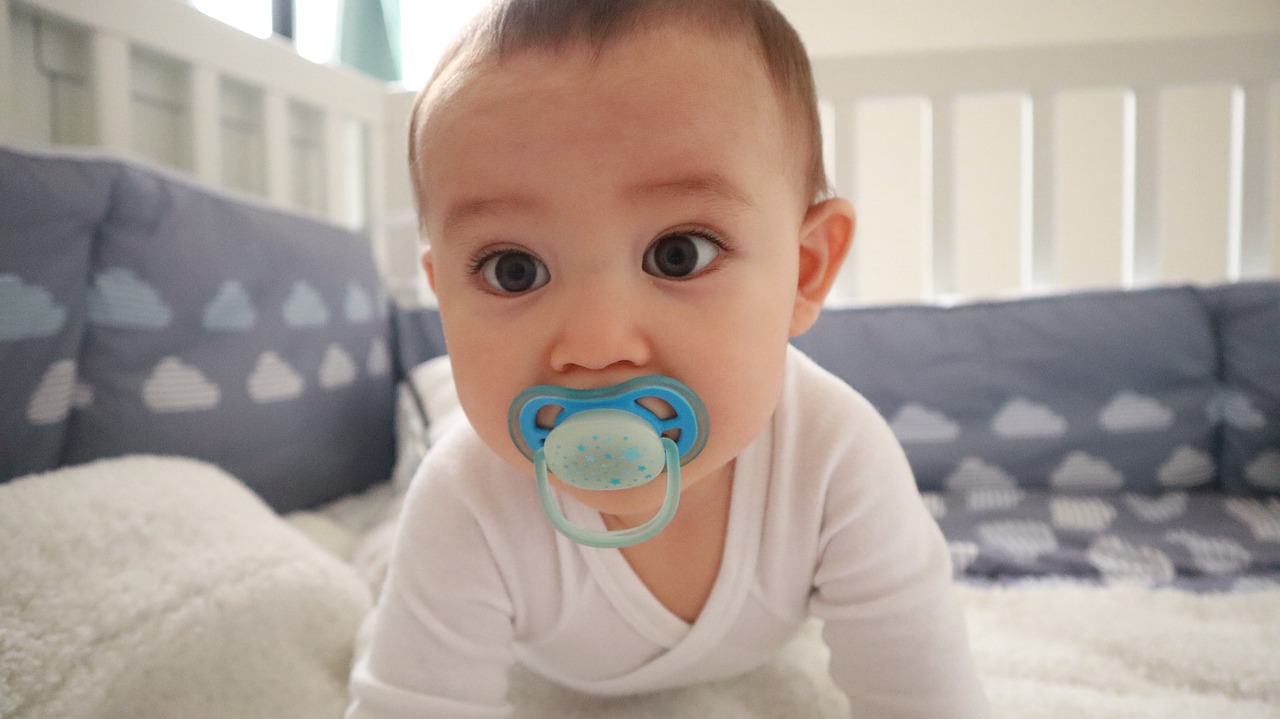
Introduction
Choosing the right pacifier for your newborn can be a daunting task, but it is essential to ensure your baby’s comfort and safety. This article aims to guide parents through the process of selecting the perfect pacifier by covering various aspects such as size, material, and shape.
Key Considerations When Selecting a Pacifier
Size Matters
Pacifiers come in different sizes tailored to the age and developmental stage of your baby. Selecting the correct size is crucial:
- Newborn (0-6 months): Designed for smaller mouths.
- Infant (6-18 months): Slightly larger to accommodate growing babies.
- Toddler (18+ months): The largest size to suit older infants.
Using an inappropriate size can cause discomfort or even pose a choking hazard.
Material Choices
Pacifiers are typically made from two primary materials: silicone and latex. Each has its pros and cons:
- Silicone:
- Pros: Durable, easy to clean, hypoallergenic.
- Cons: Can be slightly firmer.
- Latex:
- Pros: Softer and more flexible.
- Cons: Less durable, potential allergens for some babies.
Choose a material that best suits your baby’s needs and sensitivities.
Shapes and Their Impact
Pacifiers come in various shapes that can affect feeding habits and oral development:
- Orthodontic: Shaped to support natural oral development.
- Round/Cherry-shaped: Mimics the shape of a mother’s nipple.
- Flat/Butterfly-shaped: Designed to discourage dental issues.
Understanding these options can help you choose a shape that complements your baby’s feeding routine.
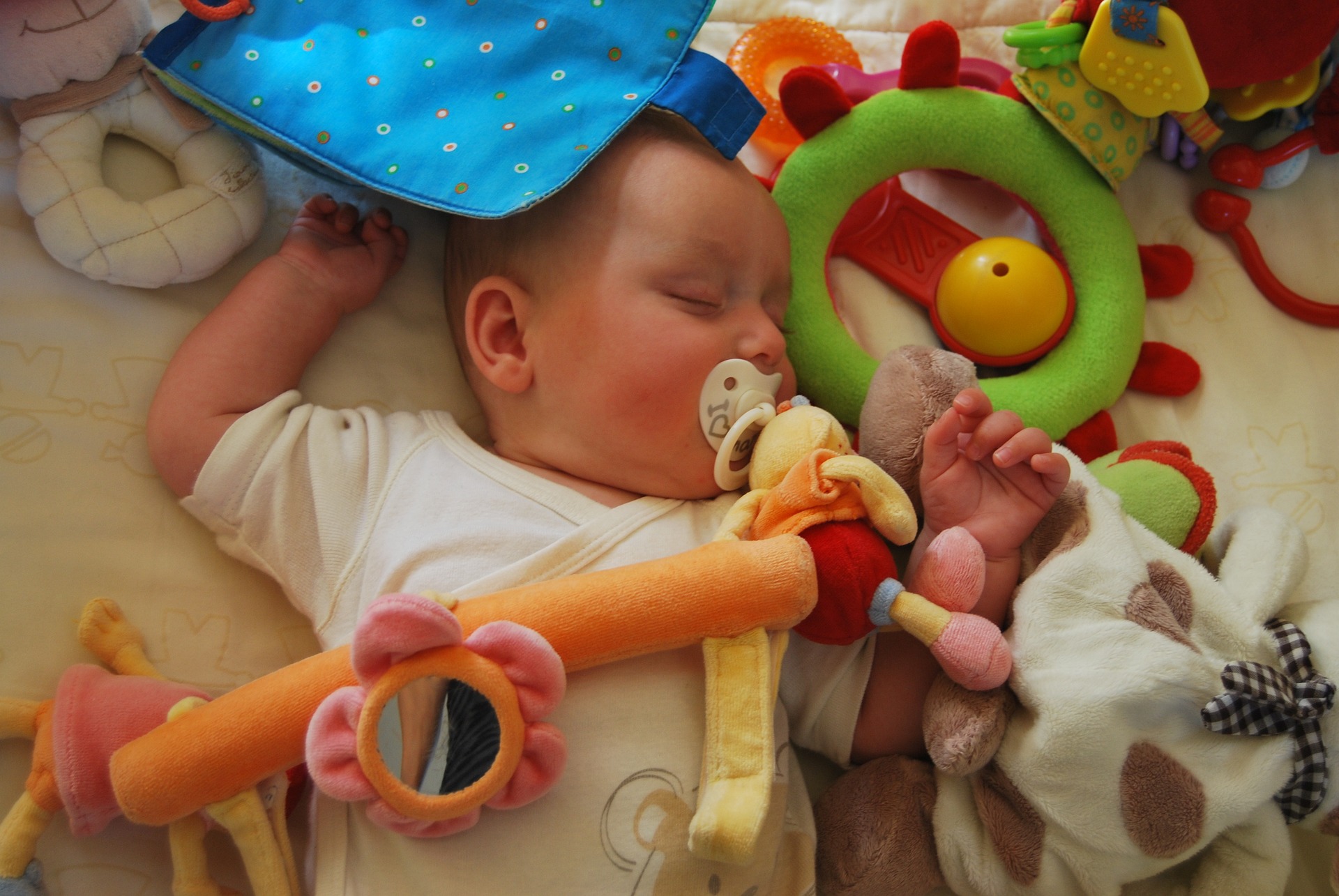

Additional Features
Look for additional features that enhance comfort and safety:
- Vented Shields: Prevents skin irritation by allowing air circulation.
- One-Piece Construction: Reduces risk of parts breaking off.
- Glow-in-the-Dark Handles: Makes nighttime retrieval easier.
By considering these aspects, you can make an informed decision that ensures both comfort and safety for your baby.
Key takeaway: Understanding the different types and sizes of pacifiers is crucial for ensuring your baby’s comfort and safety.
In this article, you will learn:
- Various types of pacifiers and their significance
- How to choose the right size pacifier for your baby
- The appropriate time to introduce a pacifier
- Different shapes of pacifiers and their impact on feeding habits
- Top recommended newborn pacifiers
- Safety considerations when using pacifiers
- By the end, you will have all the information needed to make an informed decision about newborn pacifiers.
Factors to Consider
When choosing a material for your baby’s pacifier:
- Hygiene: Silicone is easier to sterilize and maintain.
- Allergies: Latex may cause allergic reactions in sensitive infants.
- Durability: Silicone typically lasts longer than latex.
Understanding these basics can help you make an informed decision when selecting a pacifier for your baby.
Choosing the Right Size Pacifier for Your Baby
Importance of Selecting the Appropriate Size
Selecting the correct pacifier size is crucial to ensure your baby’s safety and comfort.
- Choking Hazards: A pacifier that is too small can pose a choking hazard, while one that is too large can cause discomfort and hinder proper usage.
- Age Brackets: Manufacturers typically categorize pacifiers into specific age brackets such as 0-6 months, 6-18 months, and 18+ months. Adhering to these guidelines helps mitigate risks associated with incorrect sizing.
How to Determine When It’s Time to Switch Sizes
Babies grow rapidly, and their developmental stages can signal when it’s time to switch pacifier sizes:
- Growth Indicators:
- Weight and Height: If your baby has visibly outgrown their current pacifier, it may be time to consider a larger size.
- Developmental Milestones: Teething, changes in sucking patterns, or increased feeding may necessitate a different pacifier size.
Steps to Ensure Proper Sizing
- Regular Checks: Frequently inspect the pacifier for signs of wear or whether it appears too small for your baby’s mouth.
- Consultation with Pediatricians: Pediatricians can provide recommendations based on your baby’s growth and development.
- Observation of Baby’s Behavior:
- Discomfort: If your baby seems uncomfortable or if the pacifier falls out frequently, these may be signs that a size change is needed.
- Teething Signs: Babies who are teething may benefit from larger or firmer pacifiers designed specifically for soothing gums.
Age Brackets and Recommendations
| Age Group Recommended Pacifier Size 0-6 months | Small |
| 6-18 months | Medium |
| 18+ months | Large |
Ensuring you select the right size pacifier not only enhances comfort but also supports safe usage by minimizing potential hazards.
When Should You Start Using a Pacifier?
Recommendations for Breastfeeding Mothers
Breastfeeding mothers are often advised to wait a few weeks before introducing a pacifier. The recommended waiting period is typically 4-6 weeks. This time allows for the establishment of a consistent breastfeeding routine, reducing the risk of nipple confusion or breastfeeding interference.
Signs Your Baby May Need a Pacifier
Introducing a pacifier can be beneficial under specific circumstances:
- Excessive fussiness: If your baby is frequently fussy and other soothing methods are ineffective, a pacifier might help calm them.
- Difficulty self-soothing: Some babies struggle with self-soothing. A pacifier can serve as a comforting tool.
- Feeding schedule consistency: Babies who have established feeding schedules and are still seeking comfort between feedings might benefit from pacifiers.
By observing these signs, parents can make informed decisions on when to introduce a pacifier.
For more detailed information on this topic, refer to resources like LactApp or consult your pediatrician.
Exploring Different Shapes of Pacifiers: Which One is Best?
Choosing the right pacifier shape is essential for ensuring your baby’s comfort and supporting their oral development. Different nipple shapes available in the market include:
- Round (Cherry): Resembles a mother’s nipple, often preferred by breastfeeding babies. However, it may cause issues like nipple confusion and could impact breastfeeding.
- Orthodontic (Teardrop or Physiological): Designed to support the natural development of a baby’s palate, teeth, and gums. The flat bottom and rounded top mimic the natural shape of a mother’s nipple during breastfeeding, making it a good option for reducing dental issues later on.
- Flat: Offers a symmetrical design that allows the pacifier to be placed in the baby’s mouth either way up. This type is often recommended for babies who are bottle-fed as it mimics the shape of a bottle teat.
Impact on Feeding Habits
The shape of the pacifier can influence your baby’s feeding habits:
- Round Pacifiers: Can help soothe babies who have already established breastfeeding but may lead to sucking habits that are harder to break.
- Orthodontic Pacifiers: Better for long-term oral development and less likely to cause teeth misalignment.
- Flat Pacifiers: Often more versatile and accepted by babies who switch between breastfeeding and bottle-feeding.
Choosing the right pacifier shape involves considering your baby’s specific needs and how they take to different shapes, which might require some trial and error. Consulting with pediatricians or lactation consultants can also provide personalized recommendations based on your baby’s feeding habits.
For more detailed information on selecting the best pacifier shape for your baby, you might find resources like LactApp helpful.
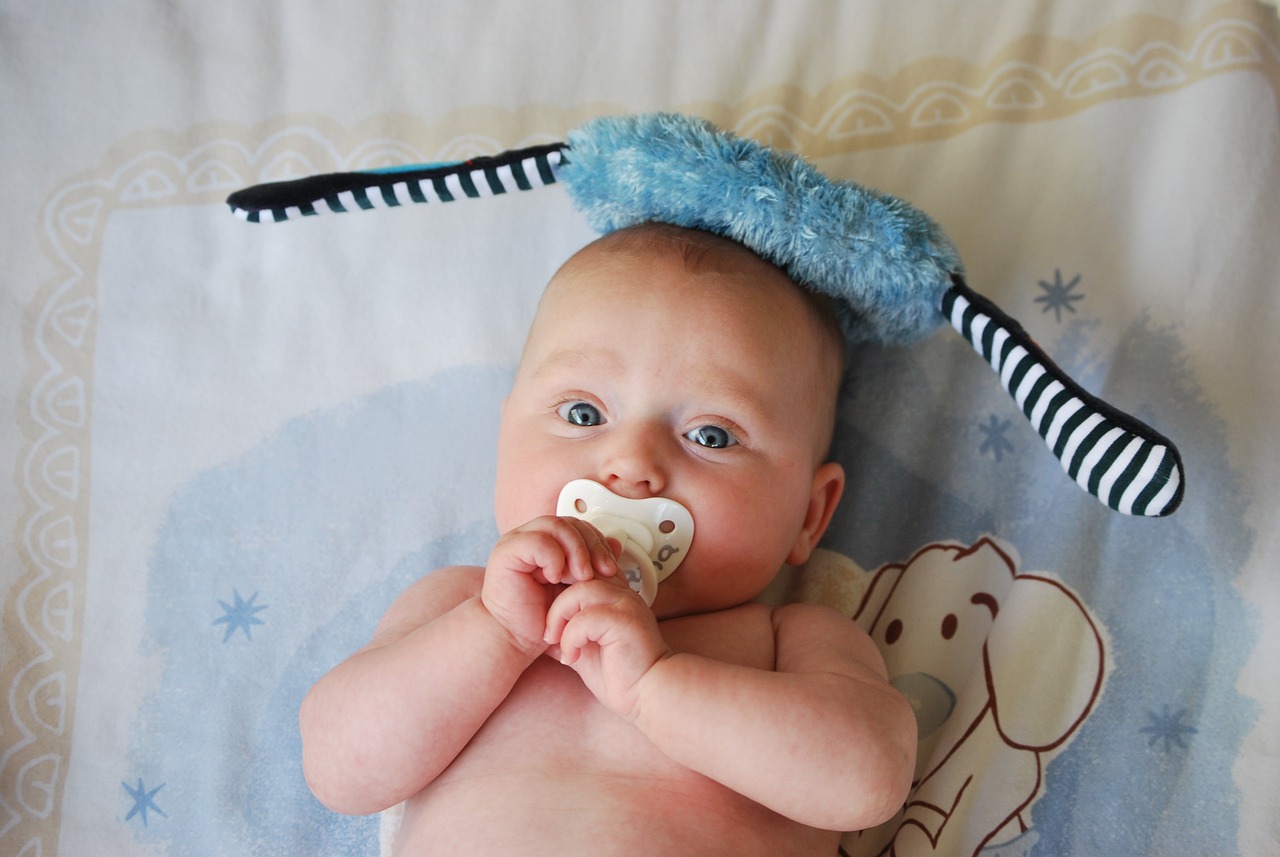

Top Recommended Pacifiers for Newborns
1. Difrax Pacifiers
Difrax pacifiers stand out in the market due to their thoughtful design and quality materials. They are crafted to cater to the varying needs of newborns, ensuring both comfort and safety.
Design and Material:
- Material: Difrax pacifiers primarily use medical-grade silicone, known for its durability and ease of cleaning. Silicone is hypoallergenic, making it a safe choice for sensitive baby skin.
- Shield Design: Difrax offers both open-shield and closed-shield designs. The open-shield design promotes better airflow, reducing the risk of skin irritation around the mouth, while the closed-shield design provides a more secure fit.
- Teat Shape and Size: These pacifiers come in various shapes such as orthodontic and round teats. Orthodontic teats are designed to support healthy oral development by aligning with the natural shape of a baby’s palate and gums.
Unique Features:
- Five Sizes: Unlike many other brands, Difrax offers five different sizes to match your baby’s growth stages, from newborn to toddler. This ensures that you can always find a pacifier that fits comfortably without posing choking hazards.
- S-Bottle Compatibility: Difrax also offers an innovative S-bottle system that complements their pacifiers. The S-bottle features an anti-colic valve, reducing stomach cramps and discomfort during feeding times.
- Breast-like Teat: The Dynamic teat mimics the natural feel of a mother’s breast, making it easier for breastfed babies to transition between breastfeeding and using a pacifier.
- Variety of Themes: Difrax pacifiers come in various themes like Glow in the Dark, Pure Nature, Cotton Candy, GEMS, and more. This allows parents to choose designs that not only appeal aesthetically but also serve functional purposes like easy visibility at night.
Difrax newborn pacifiers offer a blend of functionality and innovation, making them a strong contender when choosing the best pacifiers for your baby. Their emphasis on size variety and material quality sets them apart from many competitors in the market.
For more on Difrax newborn pacifiers review or how to choose the right size pacifier for your baby, you can explore additional resources here:
2. NUK Pacifiers
NUK newborn pacifiers are designed with both function and style in mind, providing a comforting solution for fussy babies while supporting oral development.
Design
NUK pacifiers feature a symmetrical nipple shape that mimics a mother’s breast, aiding in the transition between breastfeeding and pacifier use. The ergonomic shield design ensures comfort around the baby’s mouth and nose.
Material
Made from high-quality medical-grade silicone, these pacifiers are durable and free from harmful chemicals like BPA.
Unique Features
- Available in various age-specific sizes: 0-6 months, 6-12 months, 12-18 months, 18+ months.
- Special themes such as Glow in the Dark, Pure Nature, and Cotton Candy add a touch of personalization.
- Dynamic soothers adapt to the baby’s sucking rhythm, reducing pressure on the jaw and teeth.
3. Philips Avent Soothie Pacifiers
Philips Avent Soothie pacifiers are highly regarded among the best pacifiers for newborns due to their unique design and premium materials. Constructed from medical-grade silicone, these pacifiers are both durable and safe for your baby.
Key Features:
- Design: One-piece construction helps prevent choking hazards and simplifies cleaning.
- Material: Medical-grade silicone ensures hygiene and softness.
- Shape: Unique shape designed to support natural oral development, mimicking the feel of a mother’s breast.
- Age Range: Ideal for babies from 0-3 months.
These attributes make Philips Avent Soothie pacifiers a top choice for new parents seeking comfort and safety for their little ones. For more options in the world of pacifiers, including some trendy ones, you might want to explore this guide on baby binkies, which provides valuable insights into different types of pacifiers available in the market.
4. MAM Night Glow In The Dark Pacifiers
The MAM Night Glow In The Dark newborn pacifiers stand out for their unique glow-in-the-dark feature, making them easy to find in low-light conditions. This design is particularly helpful during nighttime feedings or when your baby wakes up in the middle of the night.
Key features:
- Material: Made from high-quality silicone, ensuring both durability and softness for your baby’s comfort.
- Design: The pacifier features a symmetrical nipple shape that supports healthy jaw development and allows for more natural sucking motions.
- Hygiene: Comes with a self-sterilizing box, which makes cleaning and maintaining hygiene straightforward and convenient.
These aspects make MAM Night Glow In The Dark pacifiers a top choice among parents seeking comfort and ease of use for their newborns.
5. NUK Orthodontic Pacifiers
NUK Orthodontic pacifiers are designed with a unique nipple shape that mimics the natural form of a mother’s breast during feeding, promoting healthy oral development. These pacifiers feature:
- Material: Made from high-quality silicone, ensuring durability and easy cleaning.
- Design: The asymmetrical nipple design encourages proper tongue movement and jaw alignment, reducing the risk of misaligned teeth.
- Unique Features:
- Air System: Allows the pacifier to retain its shape and softness by venting air out as your baby sucks.
- Age Ranges: Available in different sizes to accommodate various growth stages, ensuring a perfect fit for newborns.
These attributes make NUK Orthodontic pacifiers some of the best pacifiers for newborns, offering comfort and promoting healthy oral habits from the start.
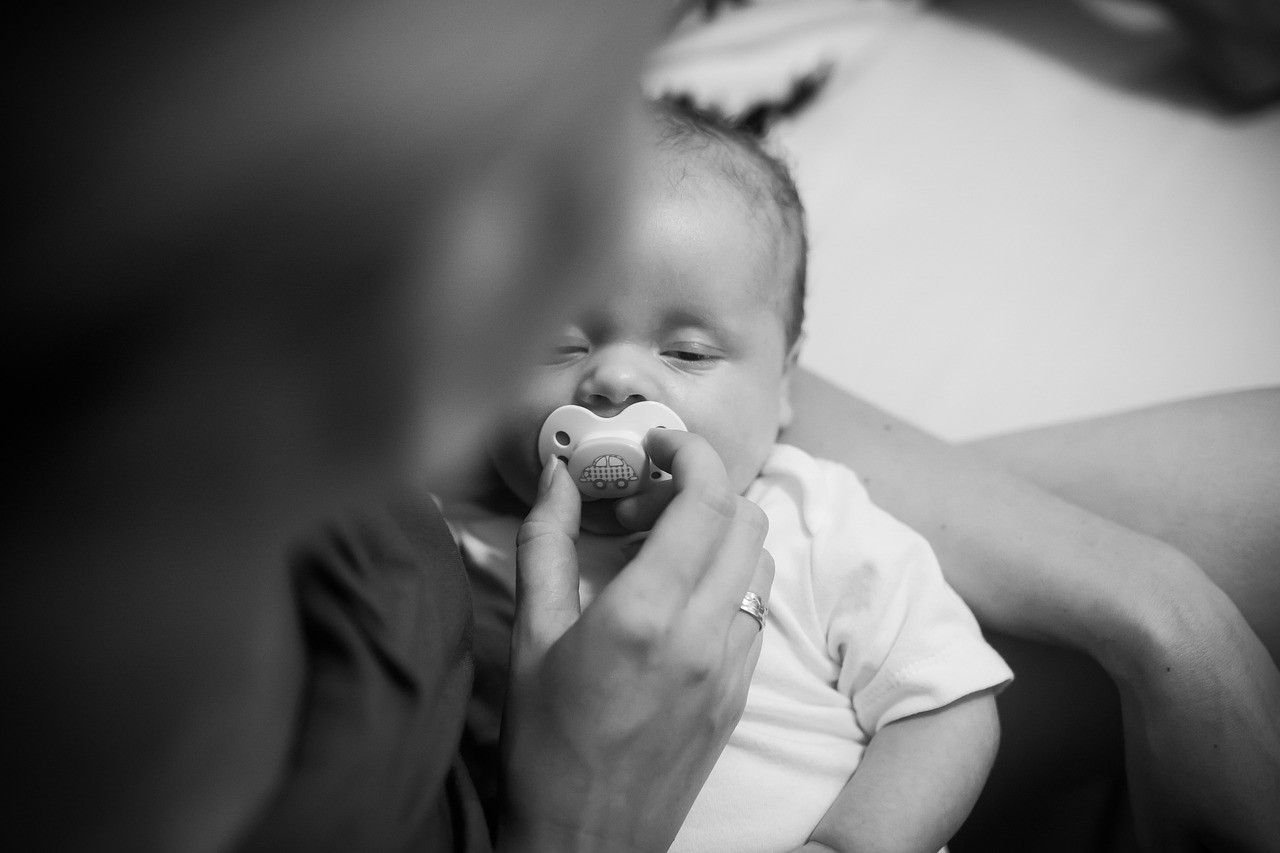

Safety Considerations When Using Pacifiers with Your Baby
Ensuring your baby’s safety while using pacifiers involves choosing the right type and brand, alongside following specific safety guidelines. Here are some essential pacifier safety tips:
1. Be Aware of Choking Hazards
Always ensure the pacifier is appropriate for your baby’s age group. Manufacturers often provide age recommendations on the packaging.
2. Pay Attention to Size
Avoid pacifiers that are too small or too large for your baby to prevent choking or discomfort. If you’re wondering, “How do I choose the right size pacifier for my baby?”, refer to age guidelines and consult with your pediatrician.
3. Choose One-Piece Construction
Opt for one-piece pacifiers that are less likely to come apart, reducing the risk of small parts breaking off.
Maintaining hygiene is crucial to avoid infections and other health issues. Here are some cleaning baby products tips:
1. Clean Regularly
Clean pacifiers before the first use and regularly thereafter. Use warm water and mild soap, ensuring you rinse thoroughly.
2. Sterilize for Extra Hygiene
For extra hygiene, use sterilizers specifically designed for infant items or boil the pacifier in water for a few minutes.
3. Store Safely
Store clean pacifiers in a safe, covered container to keep them away from dirt and germs.
Following these best practices ensures that your baby’s pacifier remains safe and hygienic. For more detailed instructions, always refer to the manufacturer’s guidelines or seek advice from your healthcare provider.
Remember, a well-maintained pacifier can provide comfort while keeping your baby safe from potential hazards.
FAQs (Frequently Asked Questions)
How do I choose the right size pacifier for my baby?
Choosing the right size pacifier is crucial for your baby’s comfort and safety. It’s important to select a pacifier that corresponds to your baby’s age and developmental stage to avoid choking hazards or discomfort.
What are the different types of pacifiers available?
Pacifiers come in various types, including open-shield and closed-shield designs. Each type has its significance regarding hygiene and comfort, so understanding these differences can help you make an informed choice.
When should I start using a pacifier with my baby?
It’s generally recommended to wait until breastfeeding is established before introducing a pacifier. Signs that indicate your baby may benefit from having a pacifier include excessive fussiness or difficulty self-soothing.
What shapes of pacifiers are available, and which one is best for my baby?
Pacifiers come in various nipple shapes, such as round and orthodontic. The shape can impact your baby’s feeding habits, so it’s essential to consider which shape might be most suitable for your little one.
What are some top recommended pacifiers for newborns?
Some of the top-rated pacifiers for newborns include Difrax, LOVI, Philips Avent Soothie, MAM Night Glow In The Dark, and NUK Orthodontic Pacifiers. Each brand offers unique features tailored to newborn needs.
What safety considerations should I keep in mind when using pacifiers?
Safety is paramount when using pacifiers. Always ensure that the chosen type or brand is safe from choking hazards by following safety guidelines provided by manufacturers or pediatricians. Regular cleaning and maintenance of hygiene with baby products are also essential.
